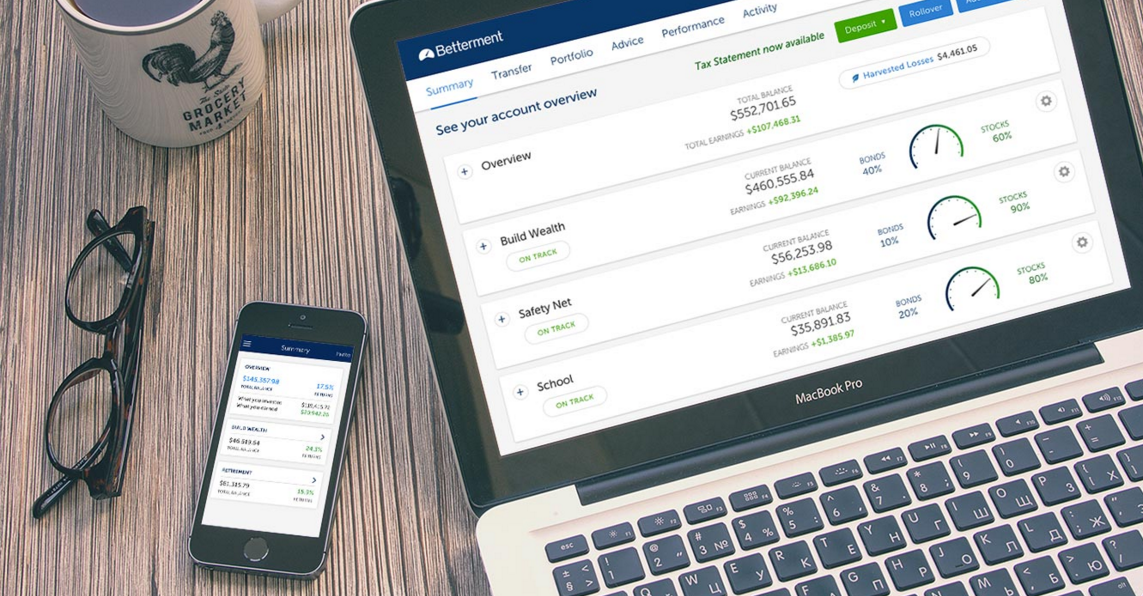
For new business owners, figuring out a viable pricing strategy can be complex and difficult. Failure to price your products and services correctly – setting them too low or too high — can drive you out of business before you know it. Having a clear pricing strategy is vital to the success of your new business. With that in mind, here are some suggestions on how to nail your pricing strategy and maximize profits.
Understand Fixed and Variable Costs
Figuring out costs for products can be relatively simple. Costs for services are not always so clear. Labor costs, salaries, taxes, fees, insurance and overhead must all be factored in with the cost of materials and supplies. Many new business owners find themselves surprised by how many hidden (or forgotten) costs crop up once they start a business. All these costs must be factored into your pricing strategy — as well as contingency plan for those expenses you don’t expect. These costs will change with demand, market trends, and other circumstances, and your pricing must change with it.
Know the Competition and Market Demand
Every business has competition — or soon will. Many starting companies try to break into a market by pricing under their competitors. This can be a great strategy for new startups, but it can also backfire. Price your product or service too low, and customers might devalue what you’re offering. An outright price war with a more established competitor can destroy your business.
If you don’t know what your competitors are charging for the service you provide, now is the time to do some market research. Find out from customers or contacts what they’re paying, either first-hand or via the Internet. Then you’ll have the information you need to set optimal prices.
Your pricing strategy must also account for the “ceiling price,” or the maximum the market will bear. Understanding the concept of “price elasticity” is also key. If a product or service is priced too high and there are alternatives available, demand may drop. If the service is at a premium, demand may rise. Staying abreast of the market trends is central to pricing competitively.
Use Incentives, Bundling and Discounts
Once you get a handle on your profit margin and your fixed costs, you can begin developing pricing strategies to increase your visibility and incentivize customers. The time-honored practice of odd / even pricing can give customers the impression of a bargain without making a significant impact on sales. Offer discounts and bundles to give added value while spreading the word about your services and increasing conversion.
Differentiate
One of the trickier aspects of starting a new business is setting yourself apart from your competition. This must also factor into your pricing strategy. If your entire business centers around being the low-cost leader, you must make certain you can still meet your costs and retain a profit. On the other hand, a high price for goods or services can be an indicator of quality or exclusivity, but may make an adverse impact on demand. Pricing isn’t the only thing that can differentiate a business – value-added services and customer demographic are also important. Take a close look at what your competition is doing and take advantage of what sets you apart.
A small business takes more than hard work and a dream — having a solid pricing strategy is critical to your success. You should not only build your pricing strategy carefully but monitor shifts in the market (and your own business) and be ready to adapt. Your entire business could depend on it.

IntelligentHQ Your New Business Network.
IntelligentHQ is a Business network and an expert source for finance, capital markets and intelligence for thousands of global business professionals, startups, and companies.
We exist at the point of intersection between technology, social media, finance and innovation.
IntelligentHQ leverages innovation and scale of social digital technology, analytics, news and distribution to create an unparalleled, full digital medium and social business network spectrum.
IntelligentHQ is working hard, to become a trusted, and indispensable source of business news and analytics, within financial services and its associated supply chains and ecosystems.





























